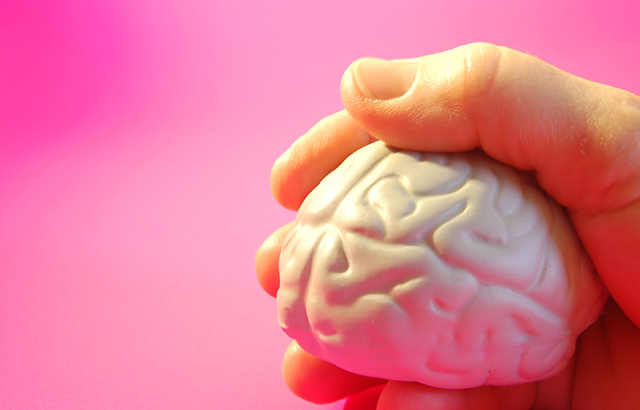The research was led by Dr Miguel Burguillos of Queen Mary University of London, previously based at Lund University and Karolinska Institutet, along with colleagues from Lund and the University of Seville. The team have presented new findings about some of the ‘key players’ in inflammation which they hope could lead to new treatments in the long term. The findings are published in the scientific journal Cell Report.
One of these key players is a receptor called TLR4. The receptor plays such an important role in the body’s innate immune system that the researchers who discovered it were awarded the 2011 Nobel Prize in Physiology or Medicine. The other key player is a protein called galectin-3, which is absent in healthy brains but present in a brain suffering ongoing inflammation.
“We have demonstrated that galectin-3 is secreted by microglial cells, a type of immune cell in the brain. The protein binds to the TLR4 receptor and amplifies the reactions that lead to inflammation. More galectin-3 is produced and binds to the immune cells, and the immune response is further intensified in a self-sustaining process”, explained Tomas Deierborg, associate professor at Lund University.
The researchers have demonstrated the importance of the link between the two ‘key players’ using various different methods and in laboratory tests, animal experiments and human trials. They have shown that mice genetically modified to be incapable of synthesising galectin-3 show a lower inflammatory response and less brain damage after model mimicking a heart attack. Mice with a model of Parkinson’s disease also suffer less brain damage if they do not have the gene for galectin-3. The researchers have also observed the interaction between galectin-3 and TLR4 in the brains of people who died of a stroke.
“We believe that this link could be part of the explanation for the residual disability that stroke patients often experience. High levels of galectin-3 remain in the brains of these patients long after the stroke, which may explain why the inflammatory response continues to cause damage and does not subside”, said Dr Miguel Burguillos.
Galectin-3 is already a target for pharmaceutical companies trying to develop agents that hinder the harmful effects of the protein in neuroinflammatory diseases. The new findings on the effects and role of the protein in a diseased or damaged brain should provide important input to this work.
“Previously, it was acknowledged that galectin-3 contributed to the inflammatory response but the mechanism wasn’t clear. The protein is not present in a healthy brain, only in one that is suffering an inflammatory response. Now that we understand the mechanism, this will make it easier to develop more effective treatments”, said Dr Deierborg.



